WILLISTOWN, PENNSYLVANIA (Sept. 21, 2018) — A research collaboration led by the Willistown Conservation Trust, in partnership with several state agencies and nonprofits, received a $500,000 grant from the U.S. Fish and Wildlife Service (USFWS) to dramatically expand a new migration tracking system across a five-state area.
The grant, awarded through the Pennsylvania Game Commission and Maryland Department of Natural Resources, will be administered by the Willistown Conservation Trust in Chester County on behalf of the Northeast Motus Collaboration (northeastmotus.com), a partnership of the Willistown Conservation Trust; the Ned Smith Center for Nature and Art; Project Owlnet; and the Carnegie Museum of Natural History’s Powdermill Nature Reserve.
Funding will establish 46 additional telemetry receiver stations in New York, Pennsylvania, Maryland, New Jersey and Delaware, to enhance 30 placed in Pennsylvania over the past two years. The receiver array will be part of the rapidly expanding Motus Wildlife Tracking System (motus.org) which includes more than 500 stations worldwide.
The grant will be used to study eight species of greatest conservation need in the Mid-Atlantic Region: Bicknell’s, Swainson’s, wood thrushes; blackpoll and Canada warblers; rusty blackbirds; American woodcock; and northern myotis bats.
The Motus technology allows scientists to track migrants too small to tag with traditional transmitters, like a gray-cheeked thrush that made a remarkable 46-hour, 2,200-mile flight from Colombia to Ontario.
“This project embodies contemporary wildlife conservation: state and federal government agencies working with private conservation organizations and universities to help species that demand more attention than traditional wildlife management can provide,” explained Pennsylvania Game Commission director, Bryan Burhans. “The agency is indebted to partner organizations, such as the Willistown Conservation Trust and the Ned Smith Center, for their commitment to wildlife. Today, conservation counts on partners more than ever before.”
This network was funded by private donors as well as grants from the Pennsylvania Department of Conservation and Natural Resources and the Richard King Mellon Foundation.
CONTACT Lisa Kiziuk, Willistown Conservation Trust. 610-331-5072, lkr@wctrust.org.
Willistown Conservation Trust, located in Chester County PA, is a land trust focused on preserving open space and habitat protection in the Willistown area. The Trust’s Bird Conservation team has operated the Rushton Woods Bird Banding Station since 2007, and has been a lead partner in the Northeast Motus Collaboration to save migrating bird species since its inception in 2016.”
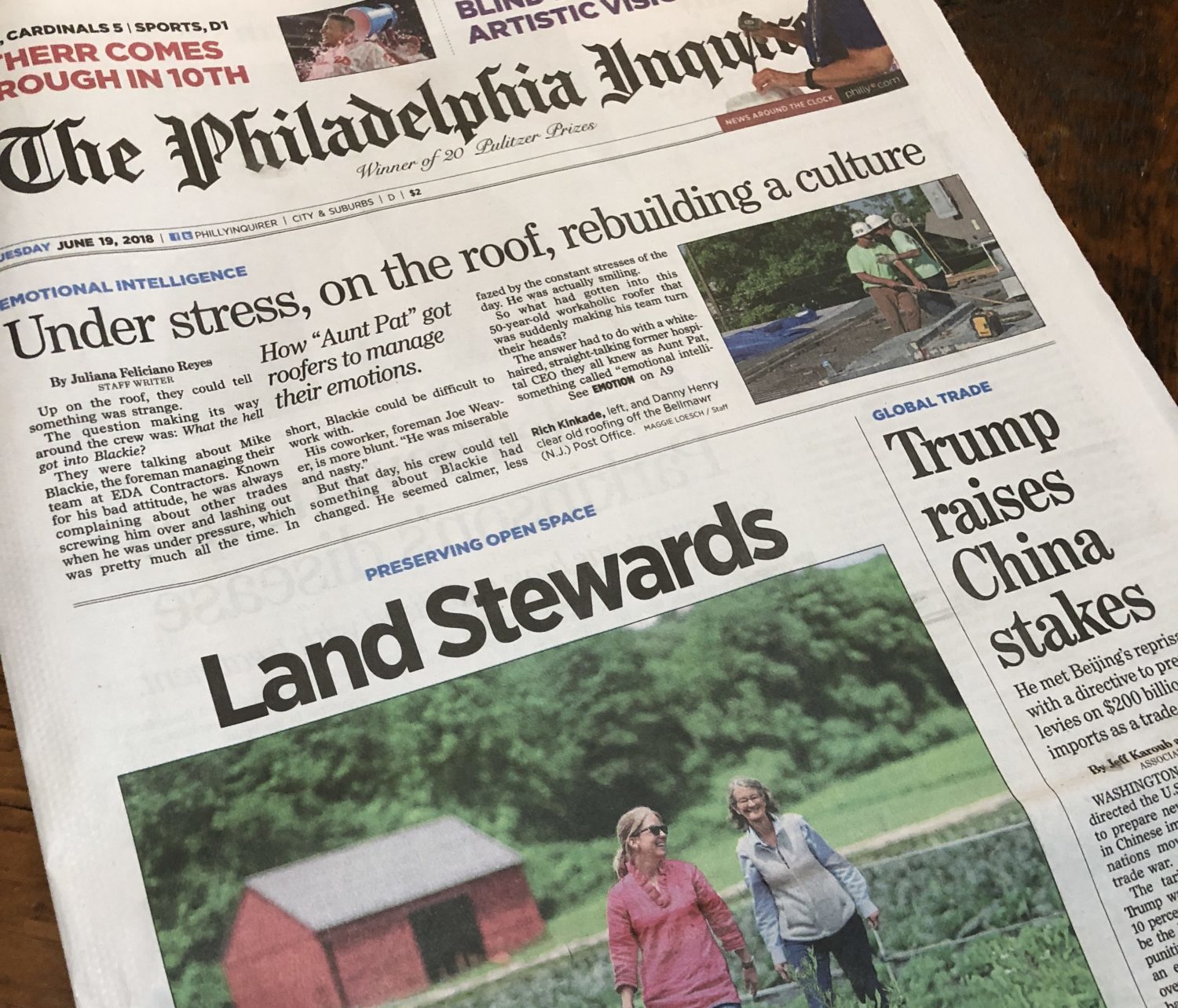
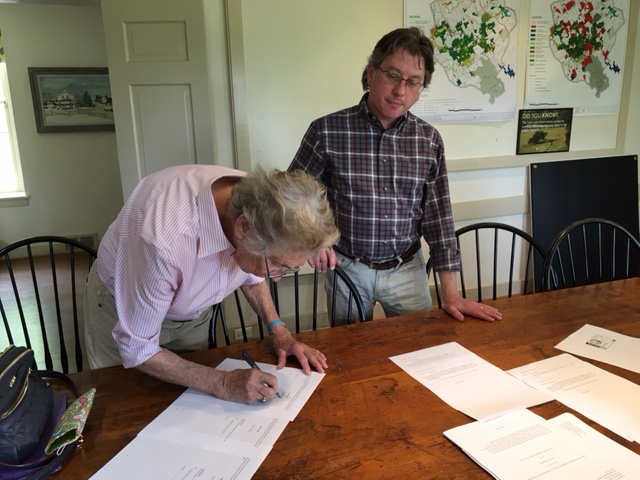

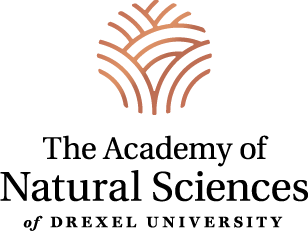
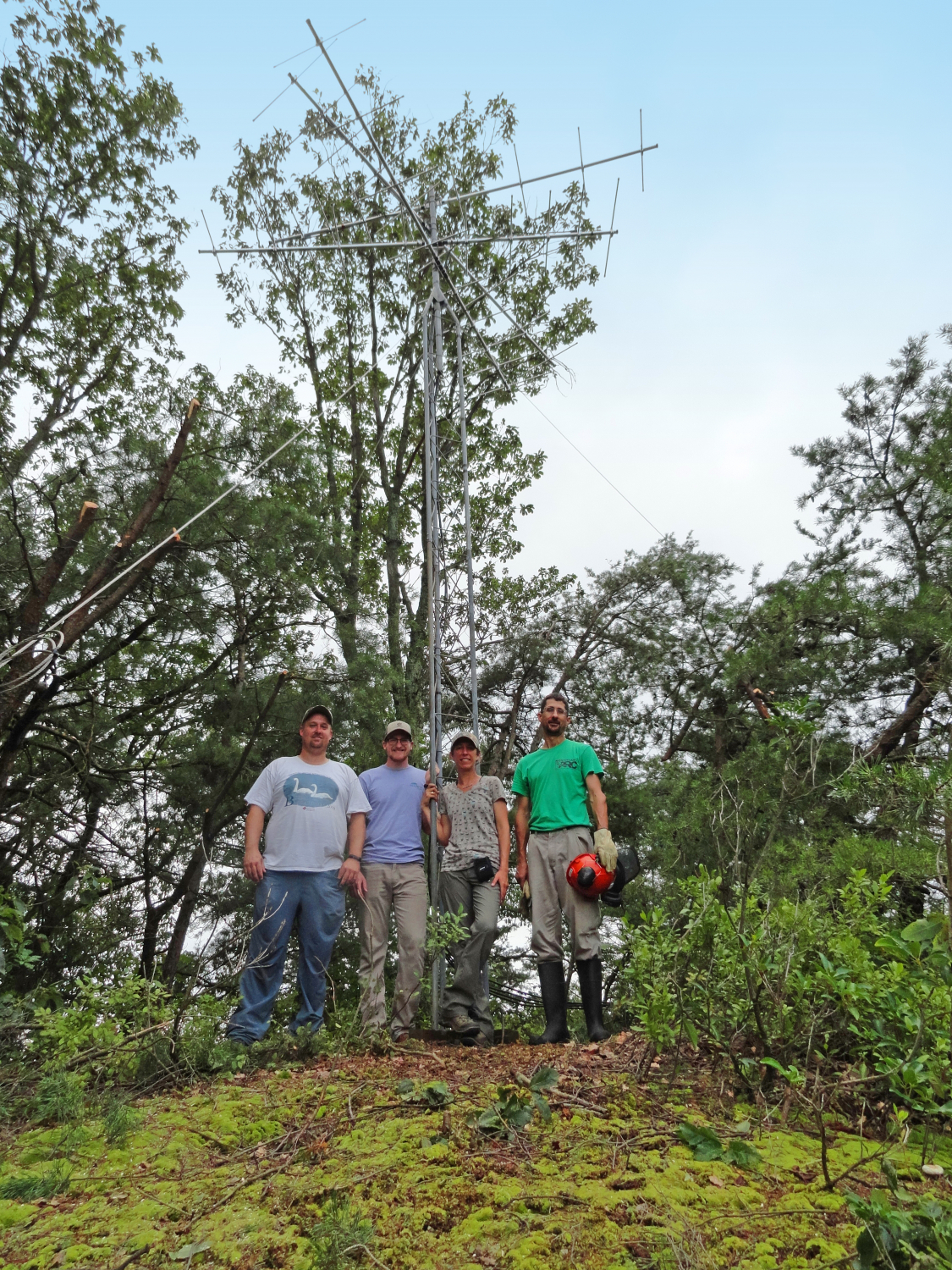 Ross Wood (Bird Studies Canada), Jon Rice (Carnegie Museum of Natural History), and Alison Fetterman (Willistown Conservation Trust) pose with landowner Jay Drasher alongside the newly erected tower installed at Neversink Mountain Preserve in Berks County.
Ross Wood (Bird Studies Canada), Jon Rice (Carnegie Museum of Natural History), and Alison Fetterman (Willistown Conservation Trust) pose with landowner Jay Drasher alongside the newly erected tower installed at Neversink Mountain Preserve in Berks County.
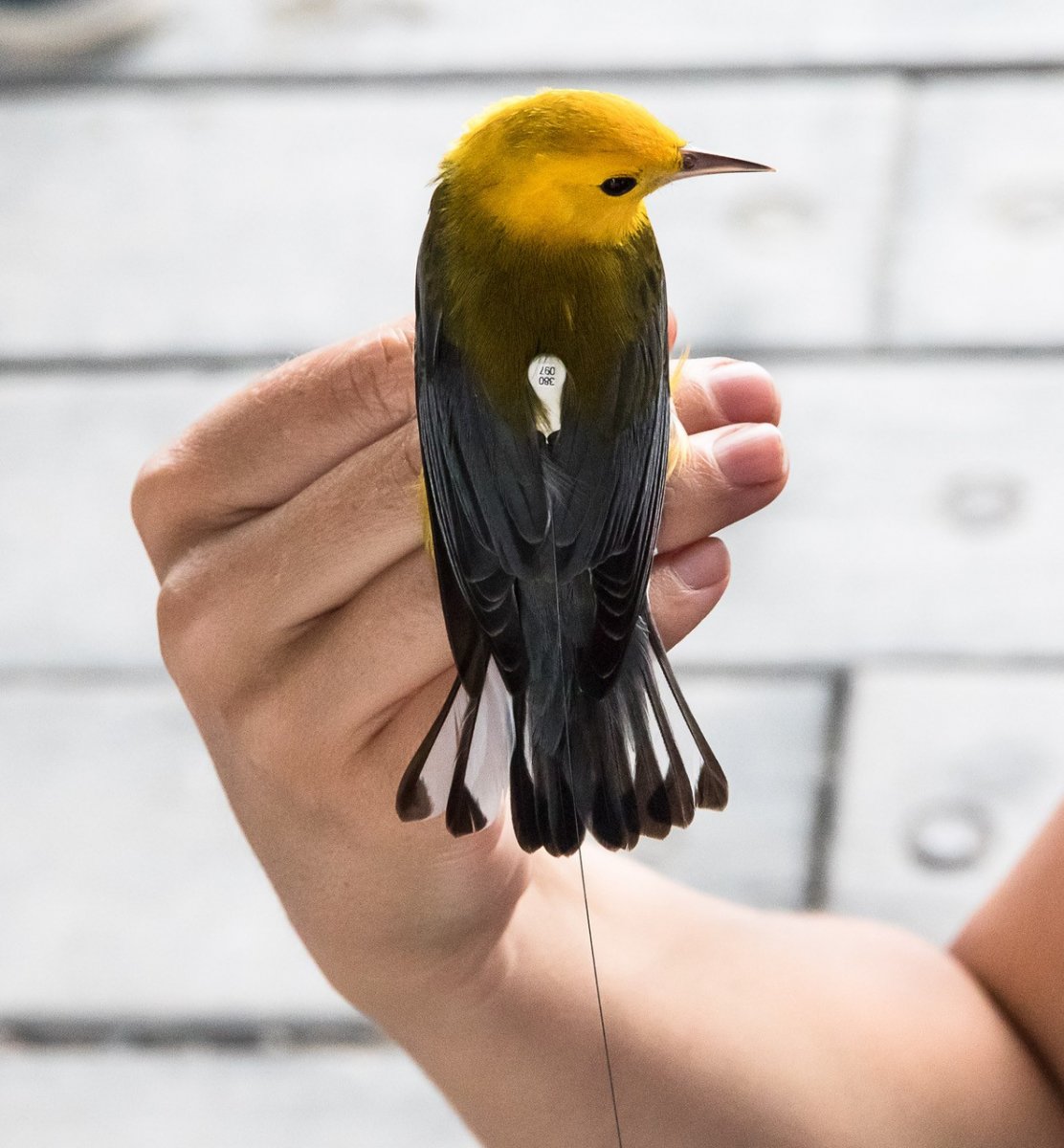 Motus technology employs a miniaturized radio transmitter that is attached to a bird’s back. The transmitter emits a pulse that is picked up by any Motus receiver station near where the bird flies. Motus provides bird migration data that is shared with major bird research facilities globally.
Motus technology employs a miniaturized radio transmitter that is attached to a bird’s back. The transmitter emits a pulse that is picked up by any Motus receiver station near where the bird flies. Motus provides bird migration data that is shared with major bird research facilities globally.

